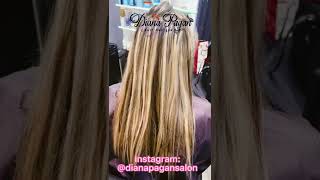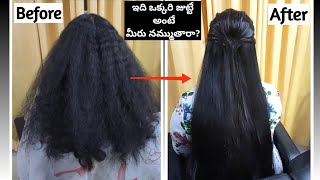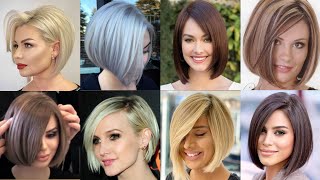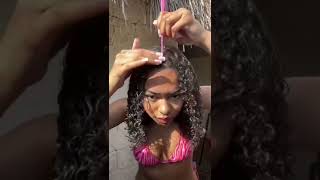5 Hair Straightening Techniques and How to Choose Among Them
- Posted on 02 December, 2021
- Hair Styling
- By Anonymous
While beachy waves and glossy curls are always stunning, sometimes, all you fancy is the glamour and minimalism of straight locks. Since only one out of 12 hair types is truly straight hair, most women have to use various types of hair straightening treatments to achieve this kind of look.
We have rounded up the top 5 solutions, comparing hair straightening techniques by cost, safety, effect for your hair type, and practicality, and included helpful tips to help you make the best choice.
Permanent vs. Non-Permanent Straightening
If you have ever used hot tools to straighten your hair, you are well aware of the fact that such straightening won’t last beyond your next wash. In contrast to that, permanent straightening allows making your hair smooth for up to 6 months (semi-permanent solutions last for about 3-4 months). This means that perms will not straighten your curls for life, but at least allow sporting straight hair for several moon cycles.
Whether you want to enjoy straight mane all the time or just tame your locks for a night out, here are 5 different techniques you should know about.
#1: Japanese Straightening
Japanese straightening, otherwise known as thermal reconditioning, involves applying a chemical solution to hair. The results are often great as even the curliest types get transformed into poker straight strands. What is more, it is a permanent treatment, meaning that if you would like to reclaim your original waves, you will have to wait for at least six months.
Japanese straightening is not fully safe and should be carried out correctly, so it is vital that the treatment is carried out by a well-versed professional to avoid unintended side effects. This is why it really is worth doing your research before signing up for a salon hair treatment.
AdvertisementAnother sign of warning: you will have to spend six to eight hours in a salon to get the treatment and return to it in a couple of days again for some final steps. If you think you can find this time in your busy schedule, mind that this method also requires women to commit to a proper post-treatment hair care routine that allows reversing hair damage. Thus, it is not really a do-and-forget solution.
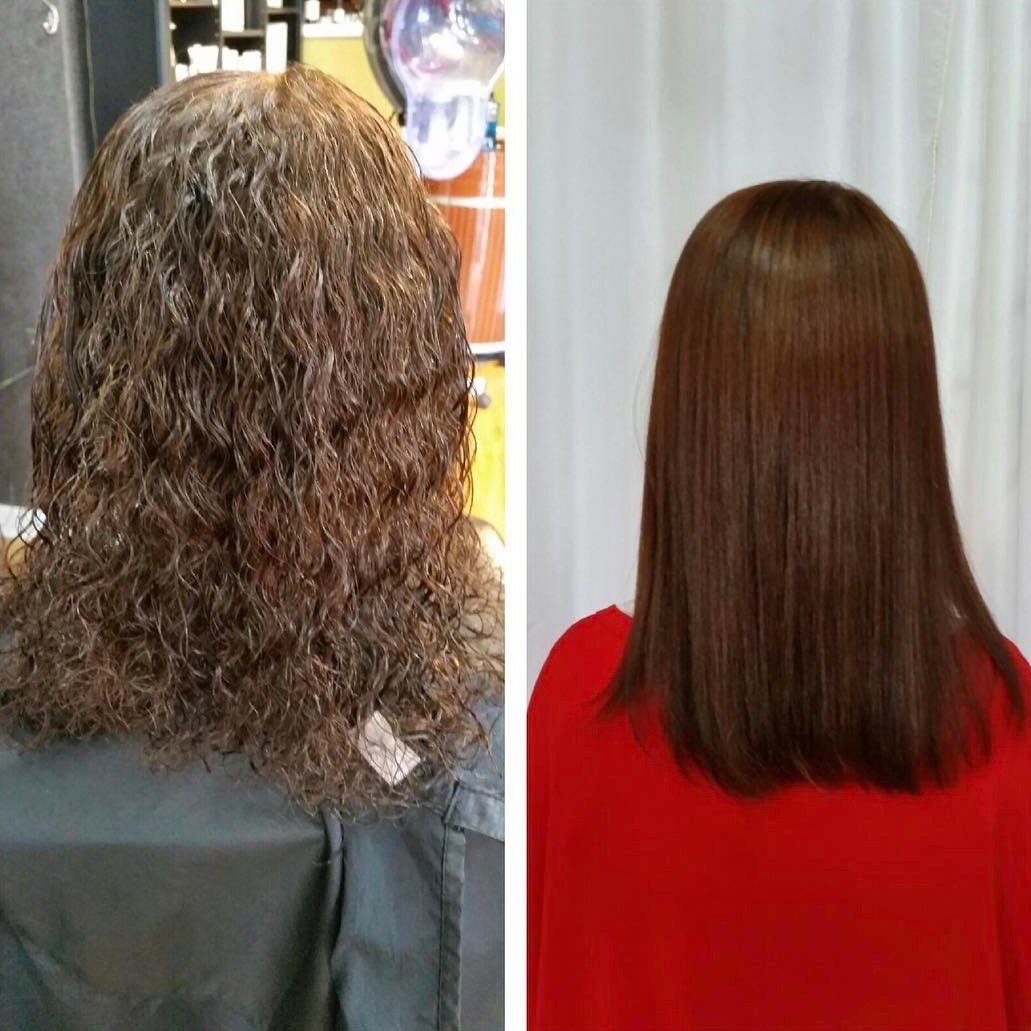
Instagram / @newcreationskc
#2: Hair Relaxation Treatment
Hair relaxation is one of the most popular techniques used to straighten very curly and coily hair. Chemical relaxers come in various types and strengths and the stylist needs to choose the one that matches your hair condition and your curls type.
Although hair relaxation treatment is a sure way to permanently straighten curly hair, it often causes hair dryness, split ends and hair breakage, so it needs to be carried out by a salon professional and properly maintained afterwards. It is quite risky to use chemical relaxant kits at home, unless you have had some dedicated training. Remember that relaxants break down the natural structure of your hair to change its texture, so you should better be careful with this technique.
Just like thermal reconditioning, this method results in permanent hair straightening. While this may sound like a great benefit, there are several issues with using perms to straighten hair:
- First, this is a serious commitment, as regrowing your natural hair structure will cost you much time and effort.
- Second, while the lengths of hair will remain straight, the growing roots will show out your natural curl patterns, so you will need to touch up chemical relaxing to have a finished straight hair look.

Instagram / @tatianababidjan
#3: Keratin Treatment
One of the most popular straightening techniques is keratin straightening, also known as a Brazilian Blowout. Designed more to smooth and tame hair than to completely straighten it, keratin treatments are primarily for those who want to keep some of their natural waves or curls and just aim at glossier, healthier looking locks.
This is another procedure to carry out in the salon. Here is how it happens: a solution of keratin and other proteins and chemicals is rinsed through hair; then, strands are blow dried and straightened. Results include shorter drying times, easier styling, increased shine, and reduced frizz. Such straightening is semi-permanent and lasts up to five months.
AdvertisementSince keratin treatments are not designed for pure straightening, ideal candidates are those who want to soften, not completely straighten, their natural waves and curls, as well as anyone who wants to make daily styling easier.
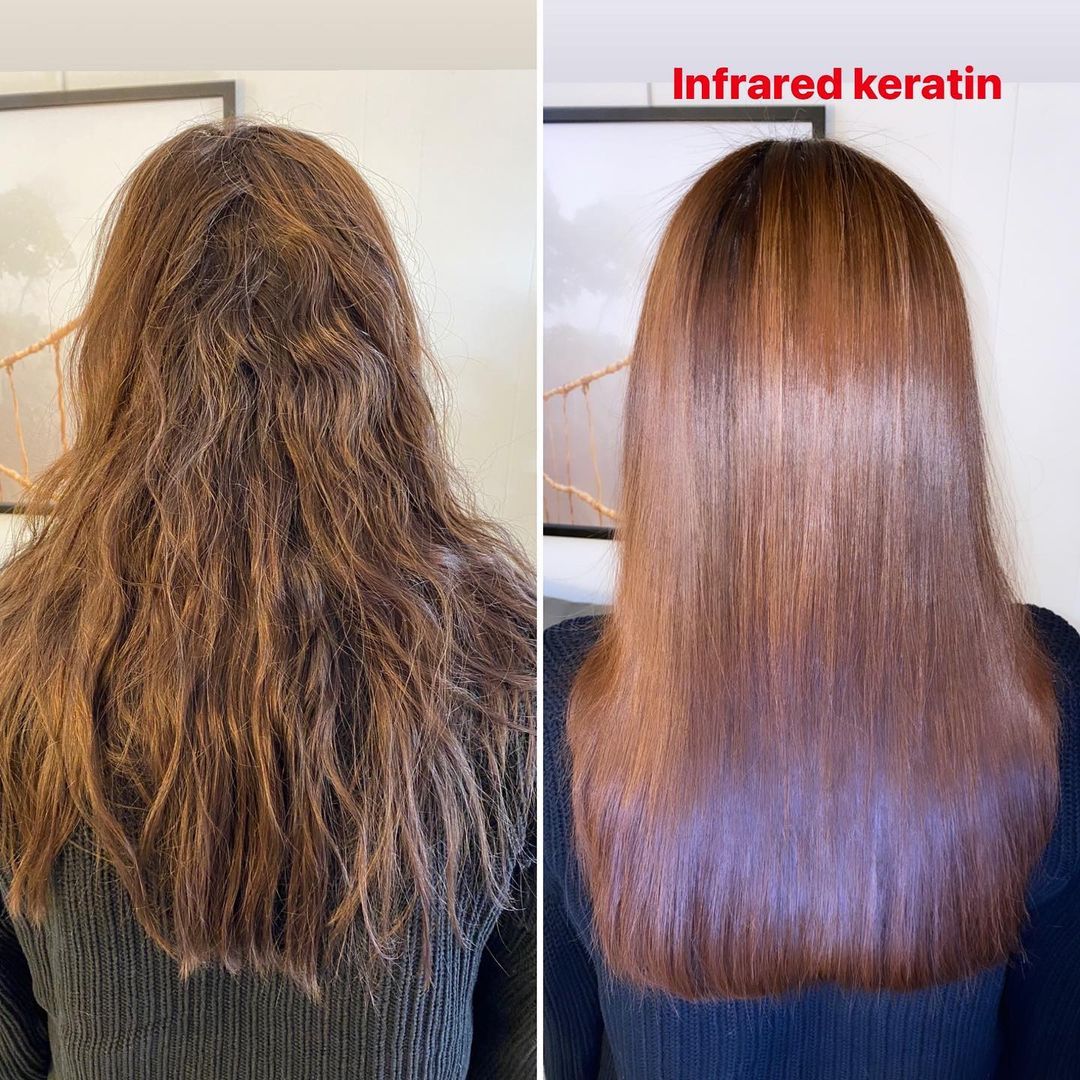
Instagram / @pribh25
#4: Straightening Hair with a Flat Iron
Using a flat iron to straighten your hair may be the cheapest, quickest way to get sleek hair from home; the downside is that it’s far from permanent and needs to be done regularly to keep hair looking smooth. While straightening hair at home is fast and sounds less scary than “chemical treatment”, repeated straightening is pretty damaging and fried hair is nothing fun to deal with.
To minimize the damage, apply a heat protection spray whenever reaching for the tools, use protective hair straighteners, and follow the right procedure, avoiding passing over the same section several times. On top of that, try to have some heat-free days wherever possible.
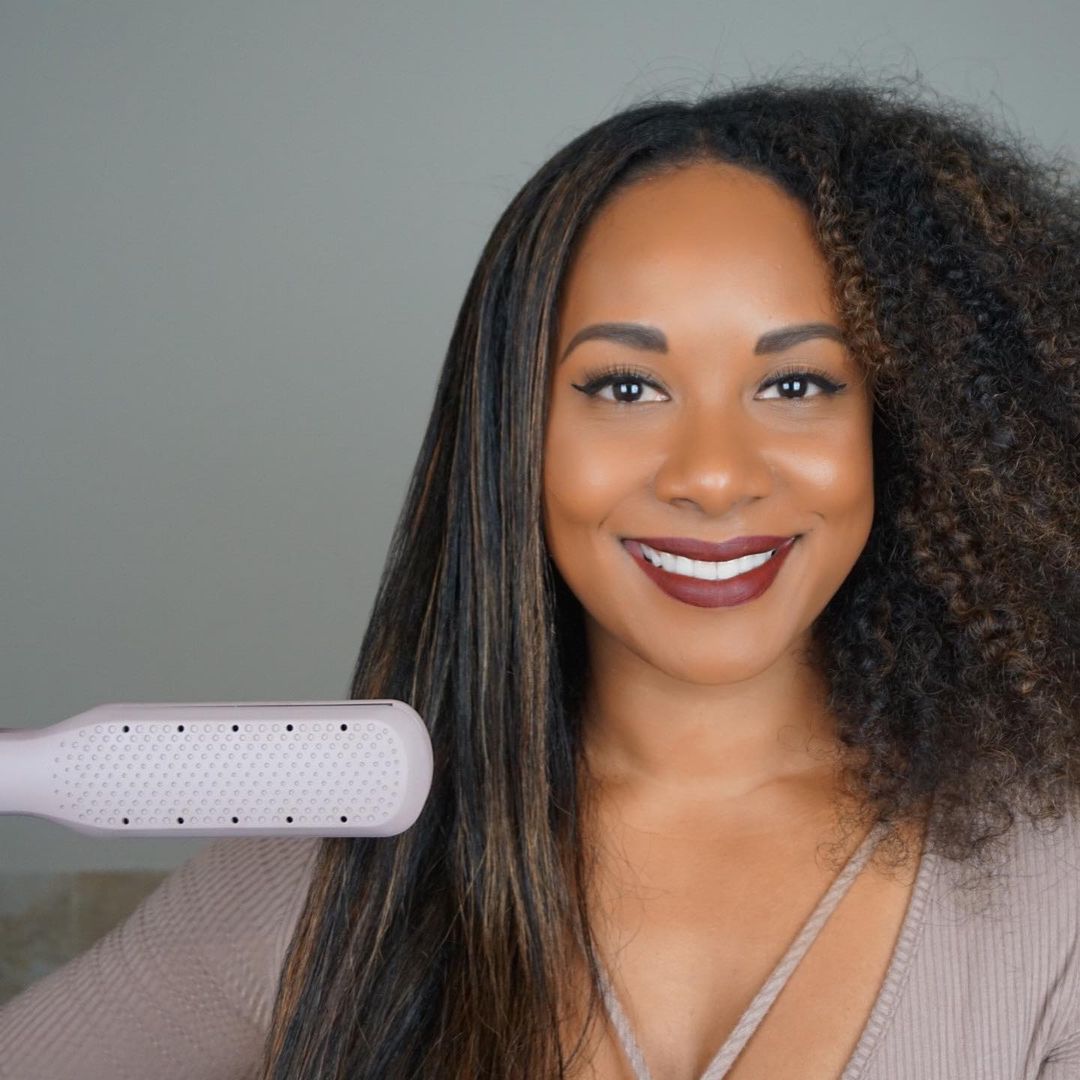
Instagram / @naturallychea
#5: Natural Methods of Hair Straightening
If you detest the idea of exposing your hair to chemicals and straighteners, there are some natural methods and DIY recipes you can try. These methods will rather strengthen than damage your hair, the effect might not be large though: natural treatments work best for thin, slightly wavy hair or help to make very curly hair wavy.
If you still feel like giving it a try, start with a flat wrapping: comb wet sections of hair flat and wrap them around your head; then, cover it with the silk scarf and go to bed. This will not allow the curls to form and you will have smoother, straighter hair in the morning. Similarly, you can wrap smaller sections of your hair around very large rollers and let your hair dry in the air.
Among the DIY recipes for hair straightening, coconut milk mask and the mixture of hot coconut and castor oils are the most popular options. These can naturally relax the proteins in your follicles and thus smooth your curls.
Advertisement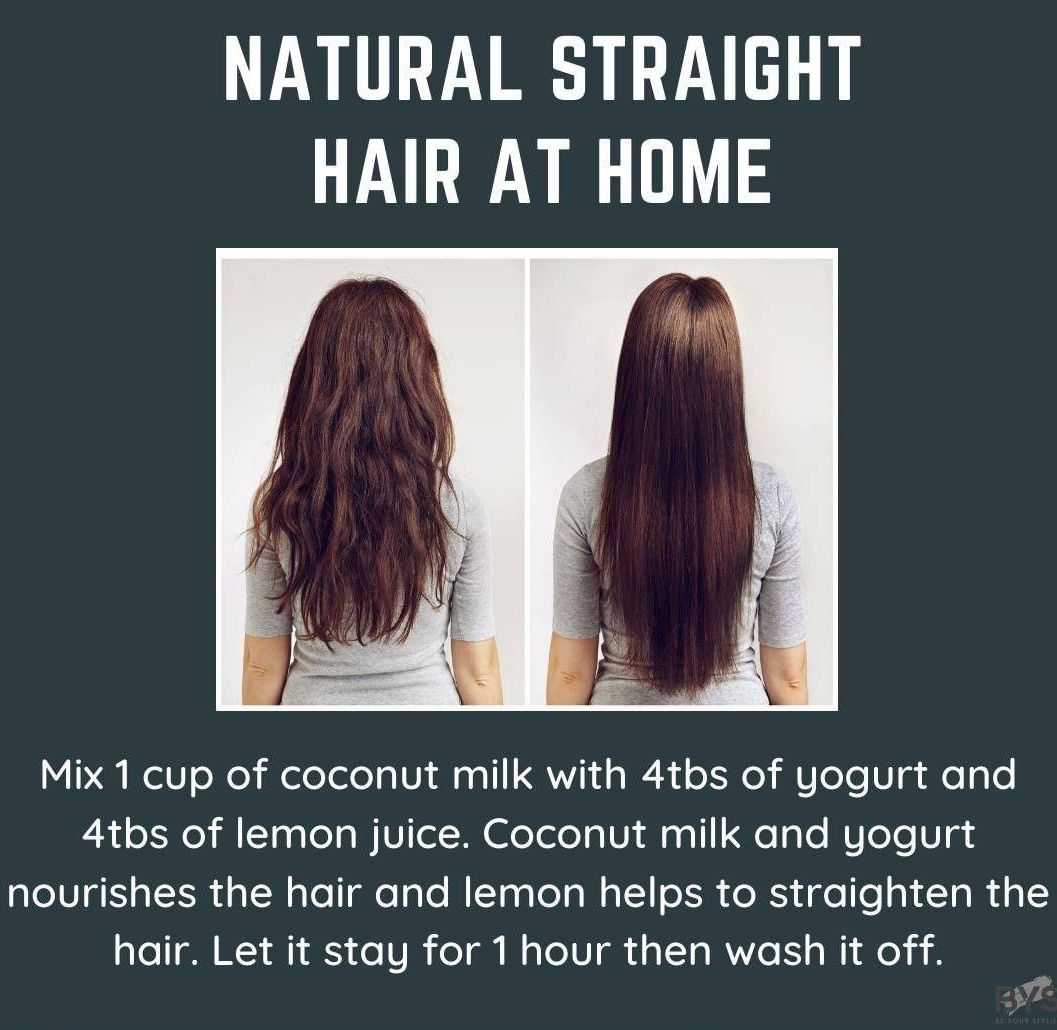
Instagram / @beyourstylistdotcom
What Is the Best Straightening Technique to Choose?
As you might have seen, straightening treatments vary in their effectiveness and side effects. Thus, you should choose one considering these important aspects:
- Your hair type: The logic is simple here, the curlier your hair is, the more effort (read, heat and chemicals) you need to make it perfectly straight;
- The result you want to achieve: If you simply want to soften your waves and add an overall sense of smoothness, you should better not resort to perms, which are effective yet more damaging solutions;
- State of your hair health: If you have strong, thick, healthy hair, and commit to taking care of it in the months following the permanent treatment, you may well give it a try; a thin damaged hair will definitely struggle to survive such a trial;
- Budget: Perms are expensive, but this is not all the budget you need to plan, as fixing the visible regrowth of natural hair and buying nurturing hair care products will trigger additional costs;
- Professionals: Since there is a risk of damaging your hair, remember to really shop around for an experienced salon to carry out the treatment;
- Hairstyles you want to wear: Do think about the hairstyles to wear with your straightened hair and be informed that you can neither curl nor color-treat your hair after getting a permanent treatment.
Whether you choose to straighten your hair for a change or embrace its natural style, make sure you prioritize hair health and the way that you feel using this or that method. As with any hair matters, the look of your straightened hair will only be as good as the health of your locks and your confidence in wearing them.

